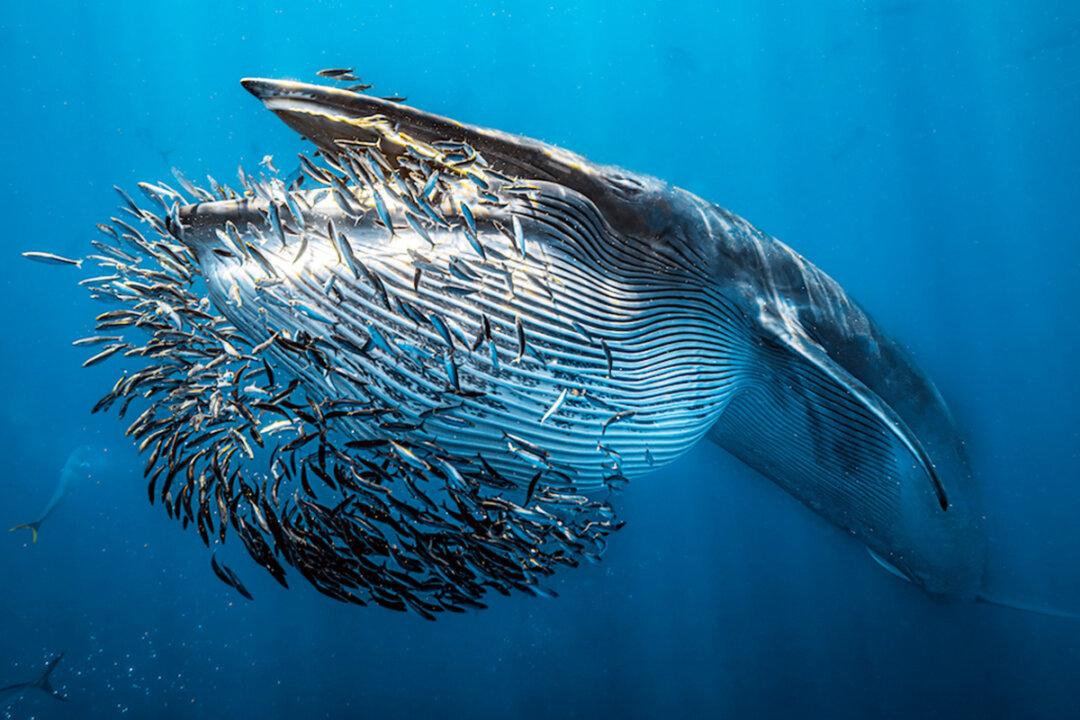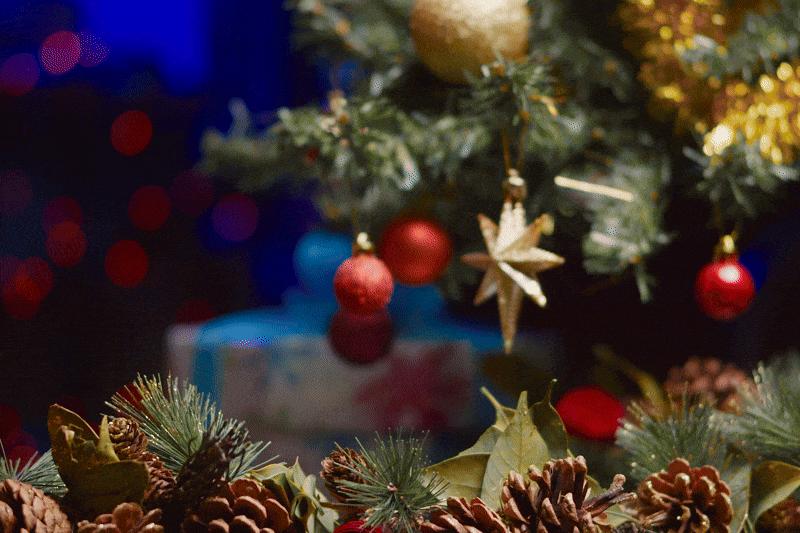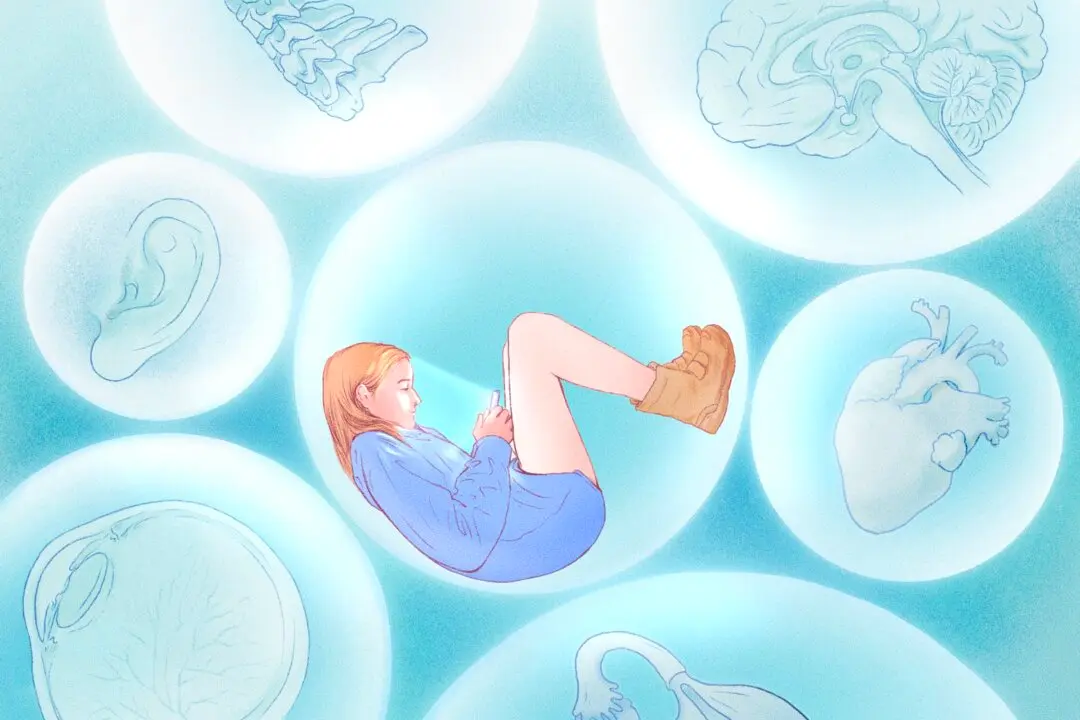Are you ready for a dive into the incredible secrets of our seas? The 2024 Underwater Photographer of the Year has announced its winners. Every photo is spellbinding and reveals the unseen beauty of our planet’s marine life.
“It is such an exciting time in underwater photography because photographers are capturing such amazing new images, by visiting new locations and using the latest cameras,” Alex Mustard, chair of the judging panel, said in a press release.







